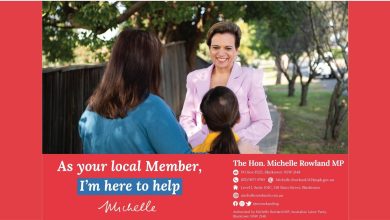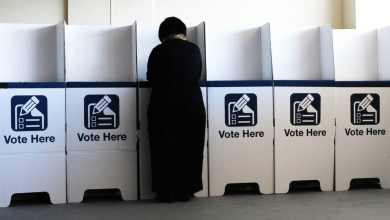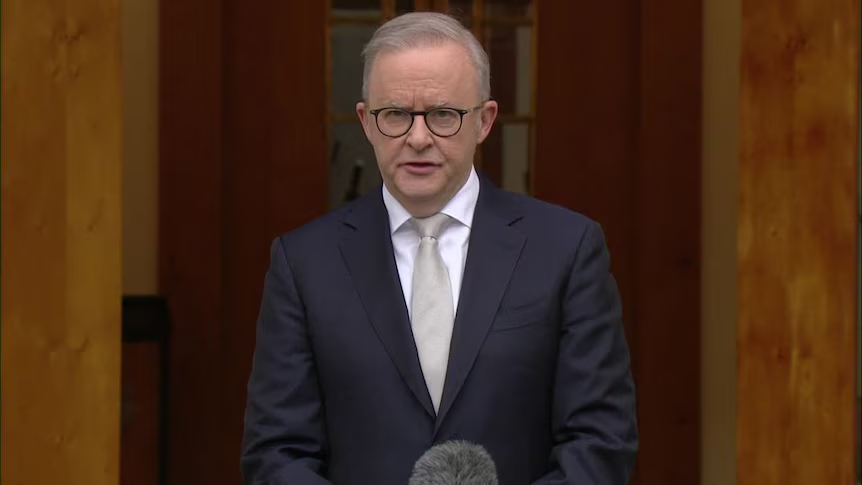
The 2025 Australian federal election, held on Saturday, 3 May, resulted in a decisive victory for the Australian Labor Party (ALP) under Prime Minister Anthony Albanese. Defying pre-election polls that suggested a tighter race or potential hung parliament, Labor secured an expanded majority, marking a significant shift in the nation’s political landscape.
🗳️Election Overview
All 150 seats in the House of Representatives and 40 of the 76 Senate seats were contested. Labor increased its representation from 77 to 85 seats, while the Liberal – National Coalition suffered a substantial loss, dropping from 58 to 39 seats. Notably, Opposition Leader Peter Dutton lost his seat of Dickson, underscoring the magnitude of the Coalition’s defeat.
The Greens, despite securing 11.87% of the primary vote, failed to win any seats, losing all four they previously held. Independents, particularly those aligned with the “teal” movement, maintained a strong presence, winning eight seats.
🔍 Key Factors influencing the outcome
- Labor’s Policy Platform
Labor’s campaign resonated with voters through promises such as a 20% reduction in student HECS debt and initiatives to support first-time homebuyers. These policies particularly appealed to younger and urban electorates, contributing to Labor’s gains in regions like Queensland and Melbourne.
- Coalition’s Decline
The Coalition’s performance was hampered by unpopular policies on migration and international students, which alienated key voter groups. Internal divisions and a lack of clear economic direction further weakened their position, leading to significant losses across multiple states.
- Voter Engagement Trends
Despite efforts to engage voters through digital platforms, political content on social media saw a significant decline. Analysts attribute this to voter fatigue and geopolitical uncertainties, particularly those stemming from U.S. policies, which overshadowed local political narratives.
🏛️Post-Election Landscape
With an increased majority, Prime Minister Albanese emphasized a commitment to delivering on campaign promises and fostering respectful political discourse. He signalled openness to collaboration with independents and crossbenchers, aiming for a more inclusive governance approach.
The Liberal Party faces a period of introspection, with calls to redefine its cultural and economic purpose. Critics within the party highlight the need for a return to core conservative principles to regain public trust.
📊Detailed Election Results (as at 8th May with counting continuing) 11 Seats remain in doubt.

Detailed booth breakdowns can be found here.
🔮Looking Ahead
The Albanese government’s second term is poised to focus on education reform, housing affordability, and addressing economic dependencies exacerbated during the COVID-19 pandemic. Balancing ambitious social policies with fiscal responsibility will be crucial to maintaining economic stability.
Internationally, the government must navigate challenges such as U.S. tariffs on foreign films, which threaten Australia’s film industry and broader economic interests.
Australia needs to consolidate relationships with India and China to ensure bilateral trade continues to grow which will help reduce the budget deficit.





